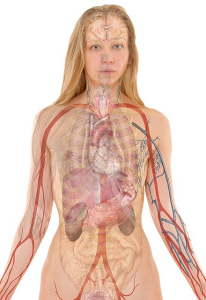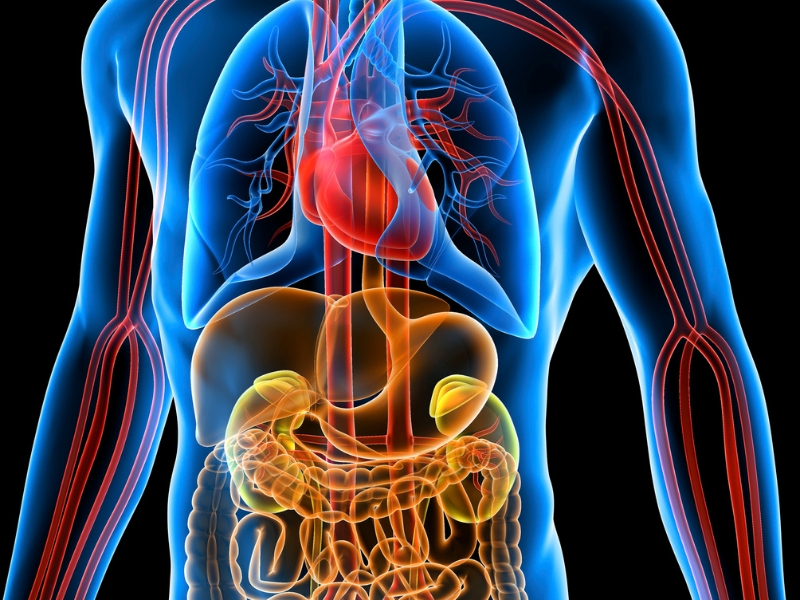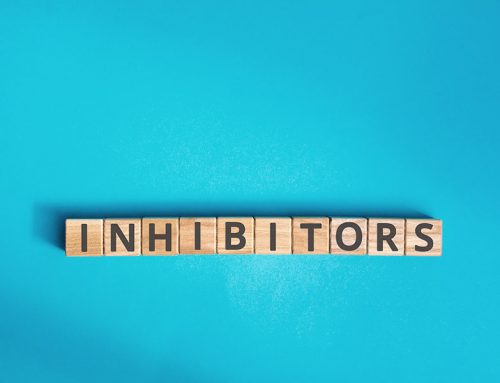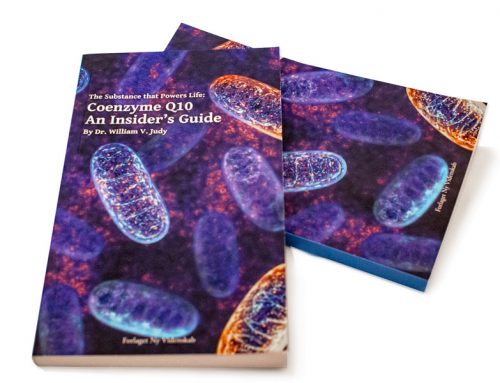
The Q10 you take needs to be absorbed in the small intestine and to pass from the blood to the tissues to have an effect.
Okay, first off, let’s define “bioavailability.” Let’s agree that bioavailability tells us how much of a drug or substance is actually absorbed in the small intestine and gets from there into the blood and then into the tissues. In other words, bioavailability gives us some indication of how much of the substance that we have paid good money for is absorbed and is available to have a beneficial effect in our bodies.
Q10 difficult to absorb
Q10 is just not an easy substance to absorb. It has a high molecular weight. It is lipophilic. It is very difficult to dissolve Q10 in water. Over the years, it has been necessary to make many attempts to enhance the bioavailability of Q10 preparations.
Examples of the various approaches that have been tried include the following techniques:
- size reduction
- solid dispersion
- ionization
- the use of liposomes and nanoparticles and nano-emulsions and other emulsifying systems as Q10 carriers
Q10 powders and hydro-solutions
Basically, red flags should go up whenever we see a Q10 product that is in the form of a powder. And, frankly, we should be skeptical about the bioavailability of hydro-soluble Q10 products. There may be a hydro-soluble product that will work, but, first, before I buy, let’s see some documentation of the bioavailability.
Documented Q10 effect
Speaking of documentation, what do we know? We know that the Q10 preparation that achieved the statistically significant results in the international Q-Symbio chronic heart failure clinical trial (1) and the Q10 preparation that was used with healthy elderly people in the KiSel10 study (2) in central Sweden were the same Q10 preparation.
That preparation was a preparation in which the Q10 had been given a special heat pretreatment and then dissolved in vegetable oil. The patented formulation ensures that the raw Q10 crystals are dissolved into single molecules for absorption, at body temperature, in the small intestine.
Demonstrated Q10 efficacy in clinical trials
The reason that we can feel confident that this patented Q10 preparation is going to be absorbed to a high degree is because, in randomized placebo-controlled double-blind studies, it has achieved results that ARE statistically significantly superior to the outcomes in the placebo group.
Those results would not be there if the Q10 could not be well absorbed and bio-available in the heart muscle tissue.
Q10 Bio-availability of 83%
Researchers at the Department of Pharmaceutics at the Jamia Hamdard University in New Delhi, India, report in table 2 of their 2010 review of the patented formulations of Q10 that the preparation used in the Q-Symbio clinical trial and in the KiSel-10 clinical trial has a bio-availability of 83 percent (3).
In addition, in 2005, Singh and a team of researchers reported on the results of a randomized placebo-controlled double-blind clinical trial involving 60 healthy men, aged 18-55 years, who received three different administrations of Q10 soft oil capsules or placebo (4). In the clinical trial, blood samples were taken at baseline and again after 20 days of the trial.
Different dosages = different uptakes
Compared to the placebo group, the three different Q10 intervention groups showed increases in serum Q10 levels of three to 10 times the levels in the placebo group.
Of the three interventions, the split intervention using 100 mg of Q10 at breakfast and another 100 mg of Q10 again at dinner boosted the serum Q10 levels the most.
Then, administering two 100 mg Q10 dosages at one time during the day did produce a higher serum Q10 level than a single 100 mg Q10 dosage per day did, but the morning and evening dosage regime was clearly the most efficient dosage.
Similarly, in a two-month-long randomized placebo-controlled double-blind trial enrolling 99 healthy male volunteers in 2003, researchers found that an intervention with 30 mg or 100 mg of same formulation led to median increases in serum Q10 concentrations of 0.55 mg/l and 1.36 mg/l, respectively, which could be compared with a median decrease of 0.23 mg/l in serum Q10 in the placebo group (5).
The improvement in serum Q10 in the intervention groups was statistically significant; moreover, the increase in the 100 mg intervention group was significantly greater than the improvement in the 30 mg intervention group.
Interestingly, the increases in serum Q10 concentration in the Q10 intervention groups were not dependent upon baseline serum Q10 values, participant age, or participant body weight. The increases had to have come from the absorption of the Q10 in the patented formulation.
Sources:
- Mortensen SA et al. The Effect of Coenzyme Q10 on Morbidity and Mortality in Chronic Heart Failure: Results From Q-SYMBIO: A Randomized Double-Blind Trial. Journal of the American College of Cardiology: Heart Failure. 2014;():. doi:10.1016/j.jchf.2014.06.008.
- Alehagen, U., et al. (2013). Cardiovascular mortality and N-terminal-proBNP reduced after combined selenium and coenzyme Q10 supplementation: a 5-year prospective randomized double-blind placebo-controlled trial among elderly Swedish citizens. International Journal of Cardiology, 167(5), 1860-1866.
- Beg, S. et al. Bioavailability Enhancement of Coenzyme Q10: An Extensive Review of Patents. Recent Patents on Drug Delivery & Formulation, 2010, 4, 245-257.
- Singh R. et al. Effect on Absorption and Oxidative Stress of Different Oral Coenzyme Q10 Dosages and Intake Strategy in Healthy Men. Biofactors (Oxford, England). 2005;25(1-4):219-224.
- Zita C, Overvad K, Mortensen S, Sindberg C, Moesgaard S, Hunter D. Serum coenzyme Q10 concentrations in healthy men supplemented with 30 mg or 100 mg coenzyme Q10 for two months in a randomised controlled study. Biofactors (Oxford, England). 2003;18(1-4):185-193.









what is the bio-available meaning?
Hi, Rani,
Here is a direct quote that is good, I think.
“Bioavailability is referred to as the extent and rate to which the active drug ingredient or active moiety from the drug product is absorbed and becomes available at the site of drug action.”
Please see https://www.ncbi.nlm.nih.gov/pubmed/25215170
Thank you,
Richard